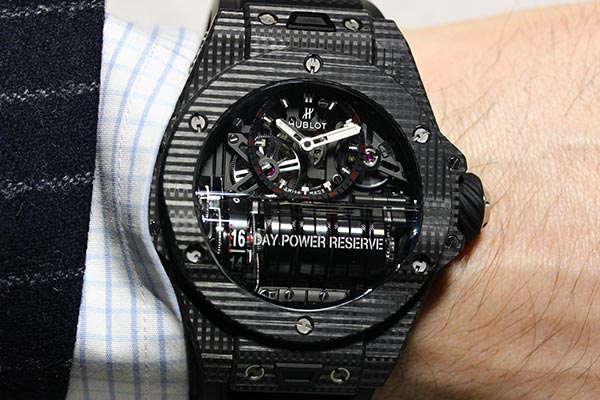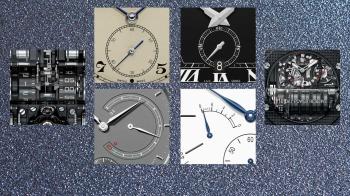Power reserve is one of the features that defines the characteristics and limitations of a watch. It determines the maximum amount of time it can go without winding, or in other words, how long it will continue to run when taken off the wrist (in the case of an automatic calibre, where the wearer’s movement continually tops up the power) or between windings (for hand-wound watches, where energy has to be supplied at set intervals). Power reserves have evolved significantly, in line with wearing habits.

Before considering the extent to which watches’ autonomy has increased, it’s important to be aware that all these figures should be taken with a pinch of salt. As a watch winds down, it loses precision. A mechanical movement requires a regular energy supply to maintain accuracy, and during the last four or five hours that supply decreases, and the watch loses precision to a degree that is difficult to evaluate. That’s why it’s important to subtract these values from the figures given, in order to be sure that your watch will continue to display the correct time at the end of its reserve.
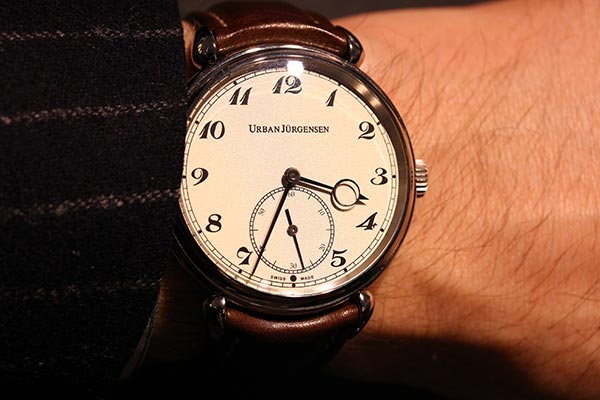
The calibres inside watches that are more than thirty years old tend to be based on the traditional specifications of previous decades, i.e. 38 or 42 hours’ power reserve. This corresponds to a six-day working week, which was the norm for a long time. As the two-day weekend became more common, this length of autonomy began to seem inadequate. During the 1960s and 70s, however, the watch industry had other concerns, chief among them equipping the wrists of the entire developed world as quickly and as cheaply as possible. Then, in the 1980s, they were focused on surviving the onslaught of quartz. The energy supply of watch movements thus stagnated for a long time. What with the intrinsic friction coefficients, reduced dimensions and cost limitations, evolution was slow.
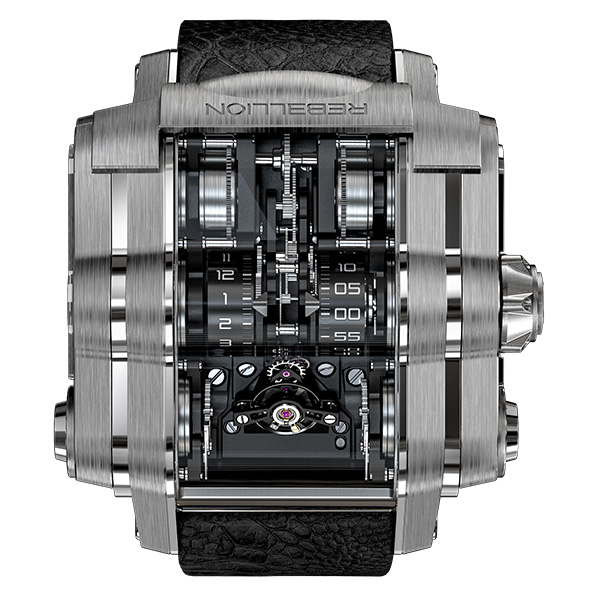
Then, at the turn of the millennium, watch diameters exploded and, with them, the size and number of barrels in which energy could be stored. In parallel, the concept of owning more than one watch began to gain ground. Many watch clients bought one watch for work and another for leisure. The work watch created a need for increased autonomy, to ensure it would continue to run from Friday evening to Monday morning. That’s when we began to see the appearance of power reserves of 60 or 65 hours, and in fact they have become the standard for the latest-generation calibres developed over the last five years or so.
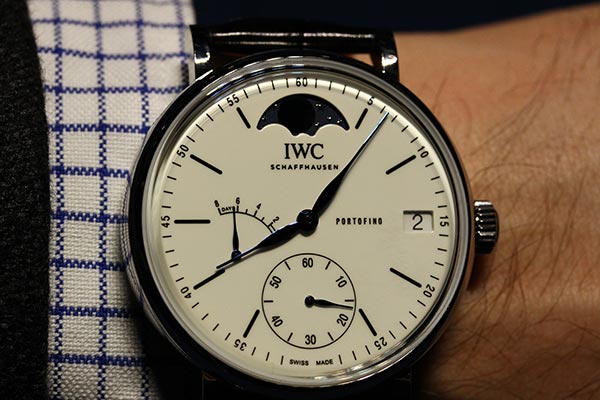
In parallel with this, buyers’ appetites for more advanced functions have given rise to a good number of calibres with an eight-day power reserve, and others that push this to 9 or 10. This duration, inherited from long-case clocks and pocket watches, corresponds to a very convenient autonomy of one week. These are generally manual movements – given that they are equipped with several large barrels, the addition of an automatic winding mechanism would render them unappealingly cumbersome.
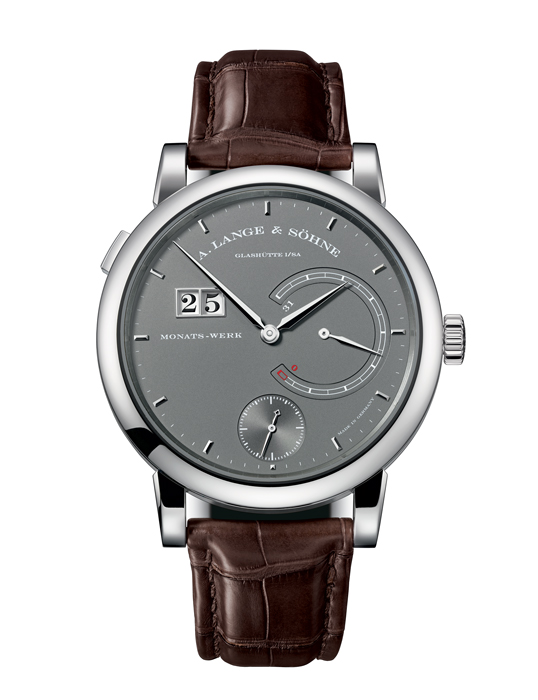
At the same time, the pursuit of high performance has pushed back the limits of what is possible in terms of winding autonomy. The Lange 31, a watch so huge it barely fits on the wrist (46 mm diameter and 16 mm deep), boast 31 days. It comes with its own winding key, to save sore fingers. Hublot has multiplied its barrels in the same way that Bugatti multiplied its cylinders. With 10 days, 16 days, 40 days, even 50 – the MP collection (MP for Masterpiece) offers a range of extreme power reserves. The watchmaker has even developed its own torque control electric screwdriver for the most long-lasting models, which would otherwise take forever to wind. Rebellion announced the T1000, which has a one-thousand-hour power reserve, before taken things even further. The immense T2M (= two months) runs for 58 days (= 1,400 hours) before there is any need to activate the chunky winding lever concealed in the bezel. Clearly, the pursuit of performance is often to the detriment of ergonomic considerations. But that’s often the case with extreme watches.
